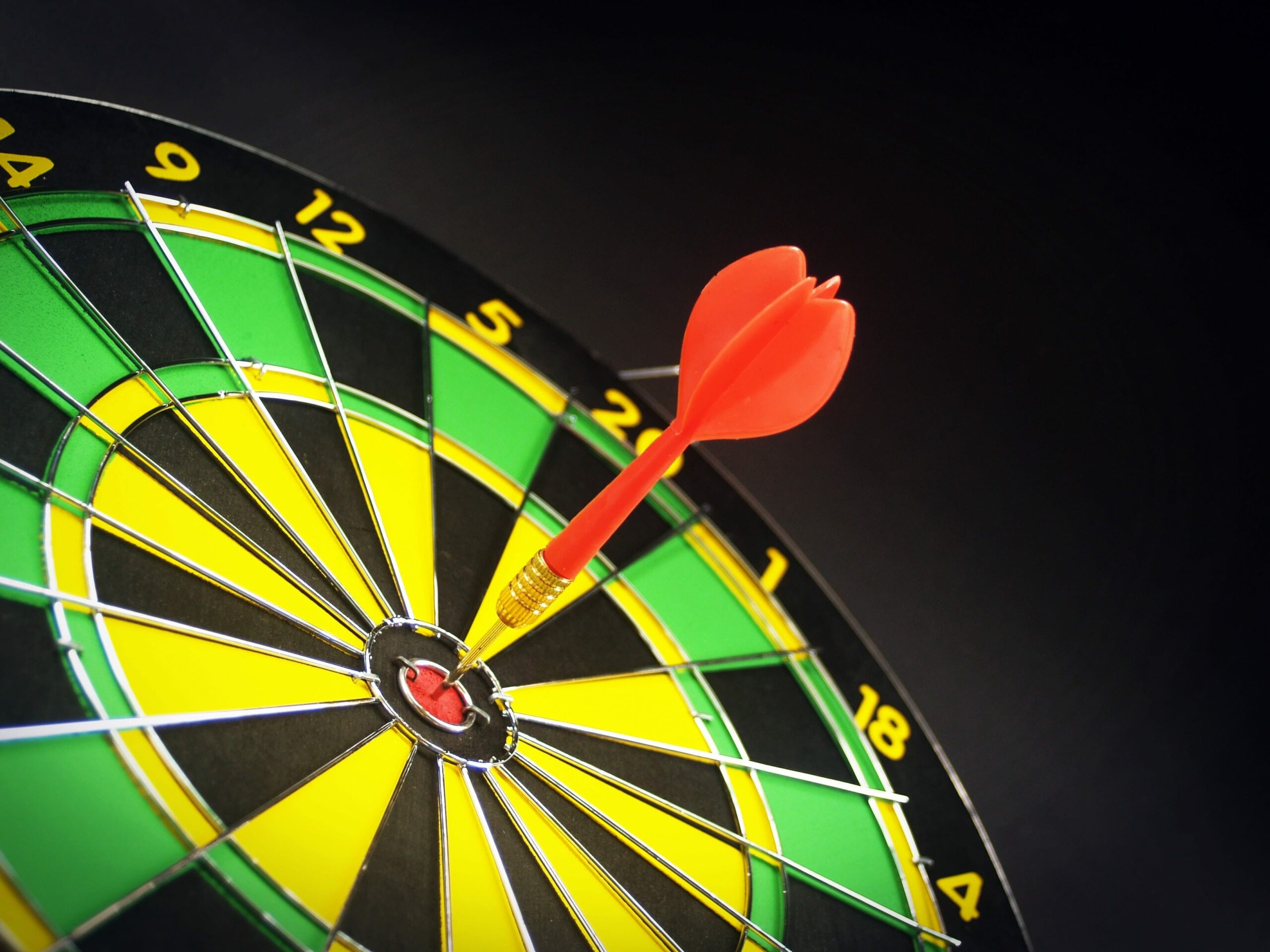This article was posted by MarketingProfs, September 1, 2021
Marketers are buzzing about the potential of Google’s Target CPA bidding, which pairs machine-learning and AI to deliver cutting-edge insights and results. It gathers as many conversions as possible at a specific target cost per acquisition, so it’s quickly gaining popularity in marketing.
There are two major reasons for that:
- First, Target CPA uses real-time signals, such as browsing history and location, to serve ads. Rumor has it that the technology even accounts for weather trends, the stock market, and IoT devices.
- Second, it conducts auction-level bidding faster than humanly possible. Campaign managers can’t bid on every impression at every second of the day, but artificial intelligence makes that a reality.
Google is leading the way in allowing a variety of campaigns to use the Target CPA bidding strategy, and brands are eating it up. After all, advertisers are always trying to find ways to optimize campaigns and hit one of their most important goals: meeting the bottom line.
But marketers must first make sure Target CPA is a strategic fit.
Limited Scalability? A Common Misconception
Many marketers believe that scalability—i.e., spend and efficiency—is limited when using a Target CPA strategy. That is true to some extent, but it’s not the whole story.
Google allows your ads to show up only within auctions it deems possible for you to win at a set CPA threshold. That means other auctions you aren’t necessarily participating in are removed, limiting your relative spend. However, adjusting the CPA setting to be higher or lower offers variability in spend and gives marketers a bit more control.
You can pull two levers in such a case: increasing or decreasing your CPA targets, and increasing or decreasing your budget thresholds. The former lets you scale your spending, and the latter determines whether you participate in auctions depending on how much you’re able to spend in a day.
Think of it this way: If your daily spend budget is too low, you’ll be excluded from auctions throughout the day, and you likely won’t be available for all of the options you might be eligible for otherwise. But if your CPA setting is too low, you likely won’t be able to participate within auctions, and thus won’t be able to spend the budget you’ve allocated.
Your campaign performance will therefore be efficient and effective if you have optimal settings in place.
How to Decide Whether Target CPA Is the Right Fit for You
Target CPA can drive great results for your brand, but it isn’t a perfect fit for everyone. It comes with a steep learning curve, and it can cause stress and anxiety for marketing teams because of its continually changing nature. For instance, you might see performance swings of 10-40% in a single day—a roller coaster that isn’t for the faint of heart.
Target CPA is best used by brands that have a clear goal in mind: performance-driven brands that often seek to optimize lead generation or e-commerce sales. Those with trackable KPIs do exceptionally well; those that rely on offline KPIs can find it challenging to implement a Target CPA strategy unless those KPIs are entered manually (and frequently) into the system.
Because there is so much to consider, ask yourself the following five questions before embracing Target CPA.
- Do I want to spend less time making manual bid adjustments and more time focusing on strategy and planning?
If the answer is yes, Target CPA is for you. It enables you to stop manually pulling levers within your campaigns. You no longer have to set keyword bids, dayparts, devices, or audiences yourself. As a result, you have more time to spend strategizing for your clients and business as a whole.
- Do I have a static lead or sales CPA goal as my main KPI?
If the answer is yes, Target CPA is for you. Having a static sales CPA or lead CPA goal is important because you have to give the system a specific target: a single number to chase. Target CPA is a great fit for those strategies.
If your goal is dynamic and constantly changing, Target CPA strategies aren’t the best for your needs because of the learning curve involved.
- Am I currently tracking leads or sales within my Google Ads account?
If the answer is yes, Target CPA could be for you. Tracking leads or sales in your account is key if you’re working to drive them for your business. You can’t have a bid strategy optimized toward leads or sales if the system isn’t recording those leads or sales.
- Are my campaign flights typically three months or longer?
If the answer is yes, Target CPA might be for you. It usually takes several weeks or months to get optimal results because of the tool’s learning curve.
If you need quick wins, avoid the Target CPA bid strategy. Making minor adjustments to optimize a campaign usually takes 1-3 months, depending on the volume running through it. You’ll usually need an even longer runway so Target CPA can take full advantage of the technology.
- Do I make frequent changes to my keywords, targeting, and ads throughout a campaign?
If the answer is yes, Target CPA might not be the best option for you. Consider manually managing your campaigns instead.
One of the most challenging recommendations Google makes to campaign managers who employ Target CPA is to be hands-off while AI and machine-learning technology do the work for them. For hands-on campaign managers who want to be involved in every campaign detail, that can be hard to overcome.
Many companies are using Target CPA and enjoying big rewards from it. But as with any digital marketing tool, you can’t expect to reap the benefits until you decide whether it strategically fits your needs.
If it does fit, Target CPA could be the defining difference that helps you stand out in a crowded media landscape.



